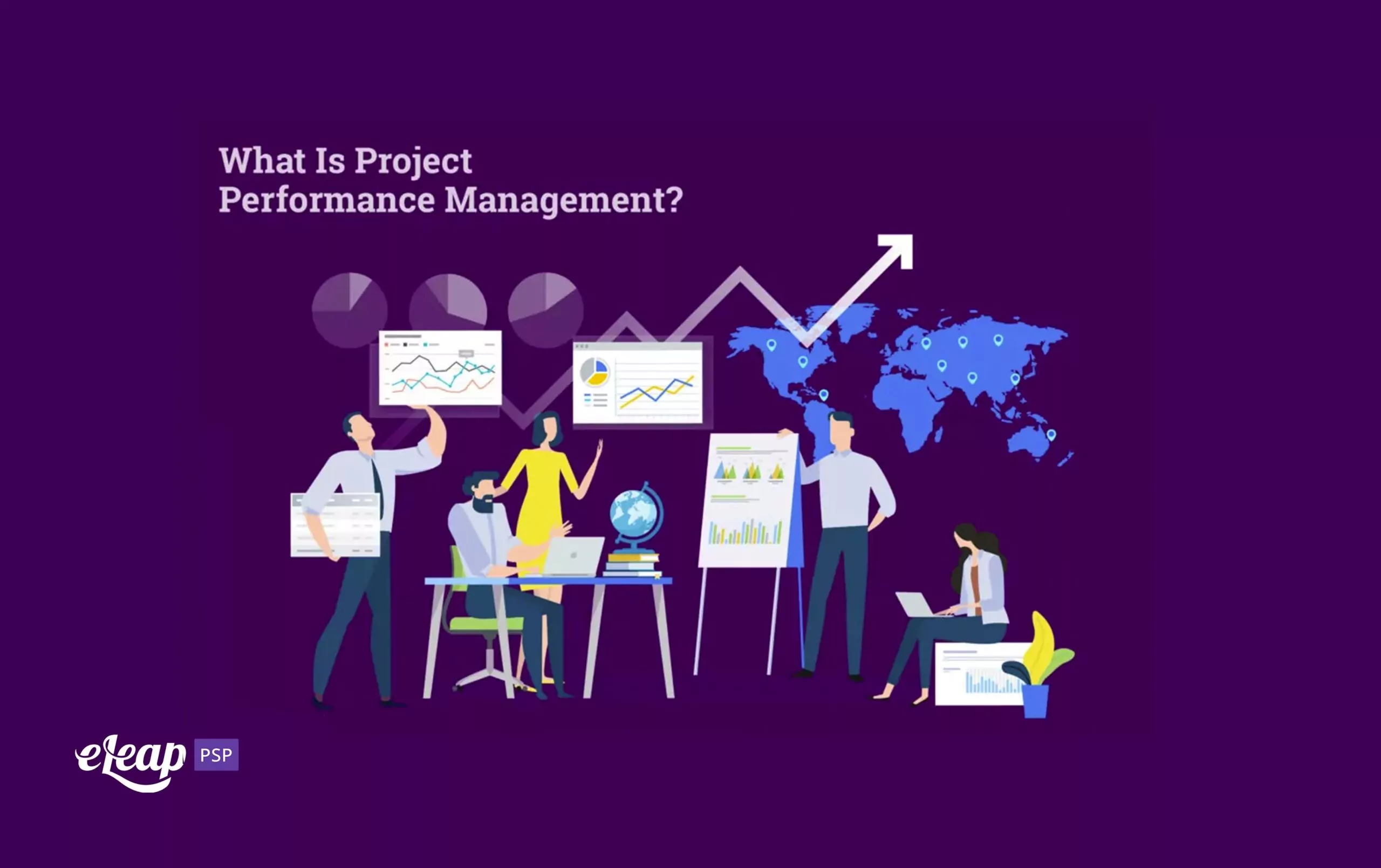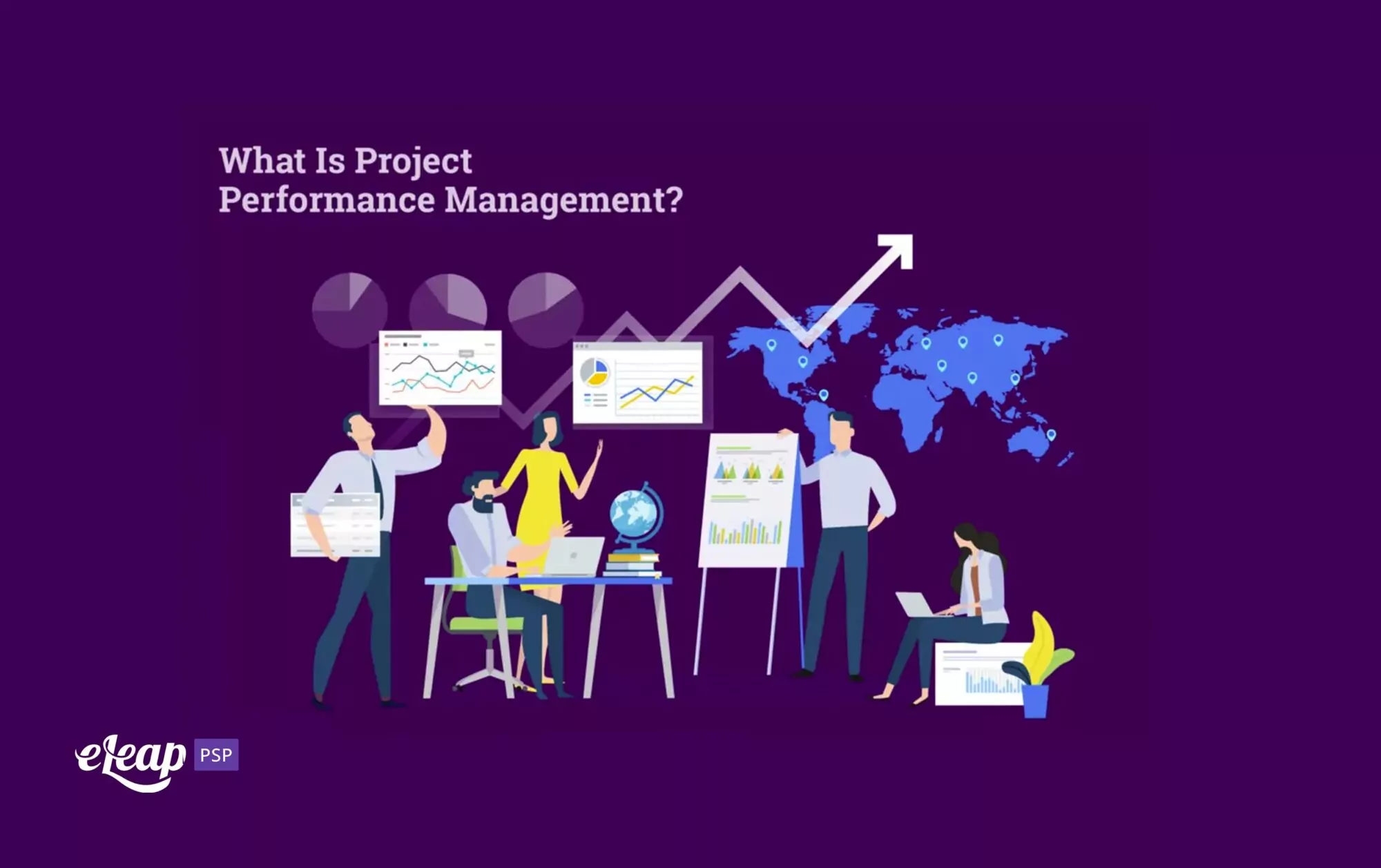What Is Project Performance Management?

Performance management has been part of business management for a very long time. Of course, it has evolved considerably from what it once was. Today, it’s almost unrecognizable. It has also developed several offshoots, such as project performance management (PPM) that offer additional benefits and capabilities. Unsure what project performance management is or what it offers? Let’s take a closer look below.

What Is Project Performance Management?
In a nutshell, project performance management is nothing more than Performance Management methodologies applied in a project setting. Note that this is in addition to Performance Management at the organizational level.
How Does Project Performance Management Work?
It’s important to understand that PPM varies in how it works and what it looks like from organization to organization and even project team to project team. The number of team members, the structure of the team, and even the nature of the project itself will have an impact here. Some of the factors that affect PPM include:
- Hierarchy: Does the team have a traditional structure, with a team leader or project manager at the head? Or does it take a more roundtable-like appearance? Both will affect how performance is managed on the project.
- Nature of the Project: Does the project touch deal with sensitive data in some way? If so, performance management will be different from that on a project that does not have anything to do with data security.
- Team Size: How many people are on the project team? A very small team will take a different approach to performance management than a large team, particularly a team with multiple tiers of management.
What Are the Goals of Project Performance Management?
In some ways, PPM is very similar to performance management at the organizational level. There is at least some focus on individual performance, reaching important individual goals and milestones, and developing an action plan for improvement. However, because it deals with a time-bound project designed to achieve something specific, it also differs in key ways. Some of the goals of project performance management include the following:
- Monitoring individual team member performance
- Measuring project manager performance
- Assessing the performance of the team as a whole
- Measuring the success of the project in reaching its goals
- Assessing project activities and their reach toward KPIs
- Measuring cash flow and margins
Tips for Improved Project Performance Management
Before we touch on tips to help improve your PPM, it’s important to remember what we talked about previously. All projects vary, sometimes drastically. That means you need to take a specific approach that fits your project, your team, the management method, and other criteria pertinent to your specific situation. With that being said, many of the tips below can be applied to most projects.
Set Clear Roles
One of the most critical things to do is to set clear roles and responsibilities for your team. Who is responsible for what? Who is in charge of whom? Where does authority lie?
If you fail to set this out from the beginning, you’ll find measuring progress and managing performance incredibly challenging. There must be a clear understanding of the hierarchy in the project, even if there is no hierarchy.
For example, some projects operate with a roundtable style of management in which all team members are equal. There is no official team leader, although there might be an exec who is responsible for the project as a whole. In this situation, because all roles are the same role as far as leadership and authority are concerned, it’s critical to explain that all team members must come to a consensus.
Set Clear Expectations
All projects have goals and milestones. Those need to be clearly communicated from the outset. What is the project designed to accomplish? How will the team members know that they are progressing toward that ultimate goal? What are the key performance indicators (KPIs) they need to look for to judge progress?
By setting clear expectations for team member performance concerning goals and milestones, you accomplish a couple of things. First, you provide each team member with a road map. The importance of that map cannot be overstated. Second, you provide a direct correlation between team member efforts and results. There is no ambiguity about an individual’s role or the value of their contributions. You clearly lay out that this person should do X because that enables Y, which helps the team to reach Z.
Meet Regularly
Like organizational performance management, project performance management works best when it is applied frequently. A core concept in project management and PPM is the huddle – a regular meeting during which team members and the project manager share notes, discuss progress, and examine what needs to occur next.
You can think of these meetings like group check-ins. In organizational performance management, check-ins have taken the place of annual performance reviews. Check-ins provide actionable feedback in real-time, ensuring that employees can make changes immediately. The same is true for project performance management huddles.
Regular meetings help ensure that everyone is on the same page while also providing the opportunity for real-time adjustments and course corrections. How often should those meetings happen? Ideally, you should meet daily. Some teams choose to meet twice a day. The frequency really depends on the project and its lifecycle.
Use a PMS
Finally, make sure you have a performance management system that is capable of handling project performance management. The right PMS provides you with tools to track KPIs, progress toward both milestones and ultimate project goals, assess team member performance, and so much more. It combines automation and insight to deliver the means to improve performance and help ensure optimum outcomes.
In Conclusion
While project performance management might still be in its infancy, it is a growing concern. As more and more organizations realize the importance of achieving visibility into the people and processes that make their projects successful, it will continue to gain prominence. The tips above will help ensure better performance for a wide range of project types.